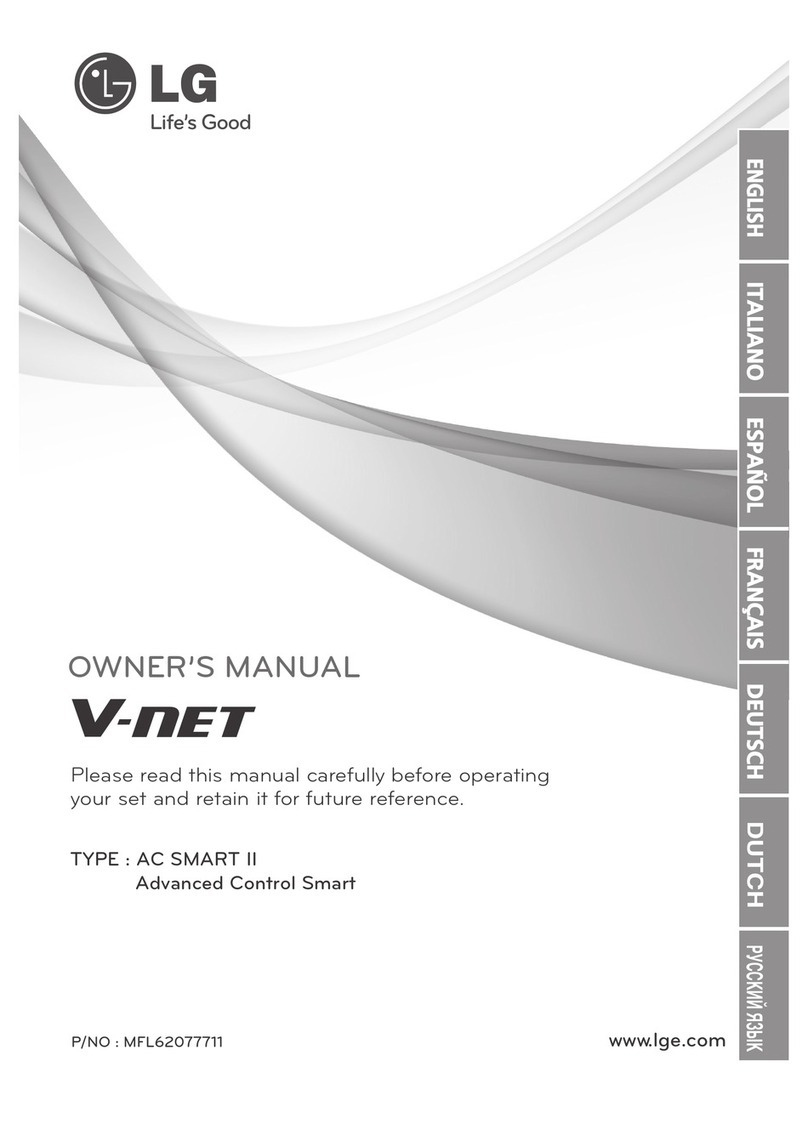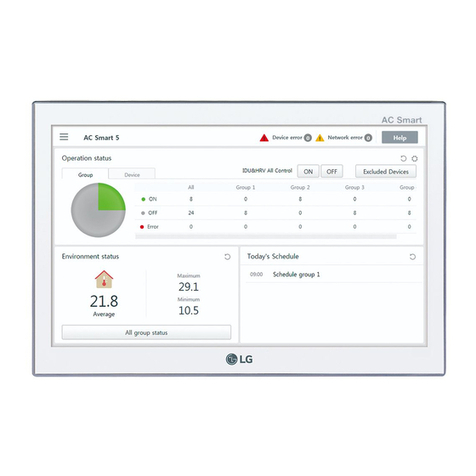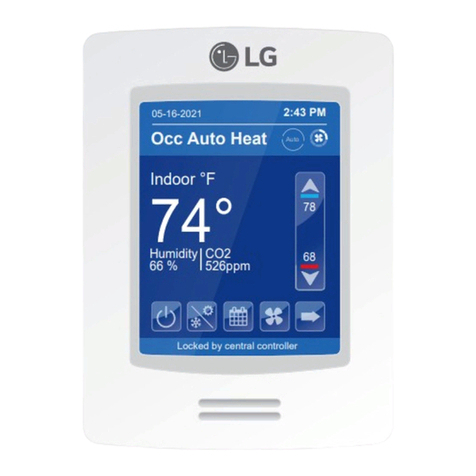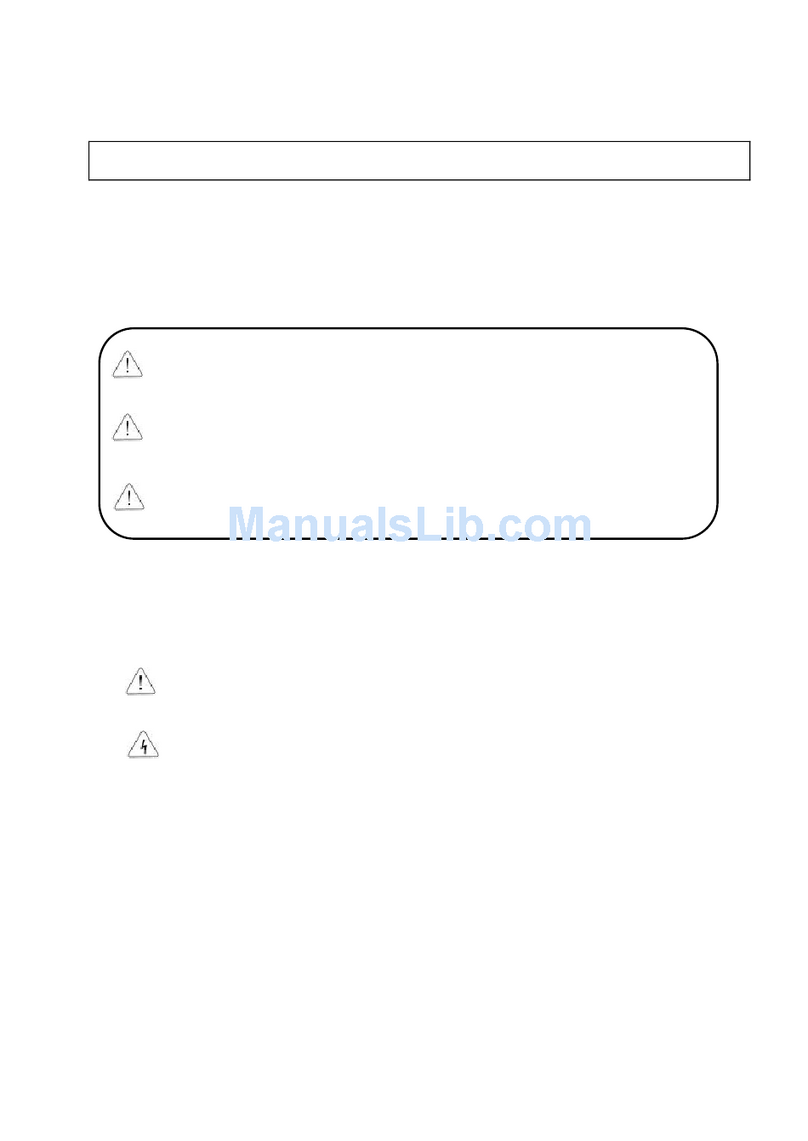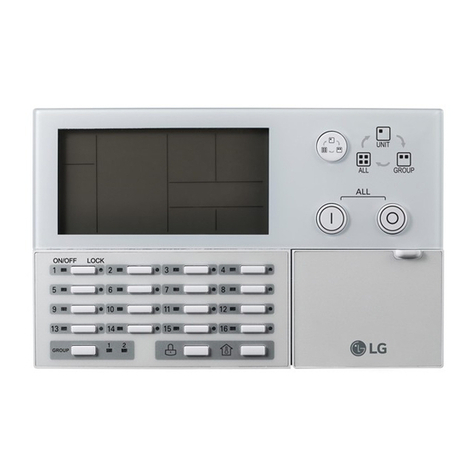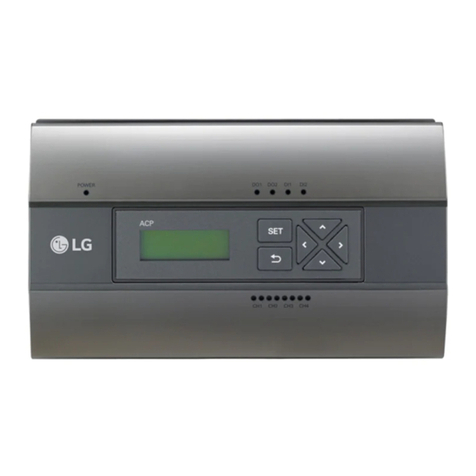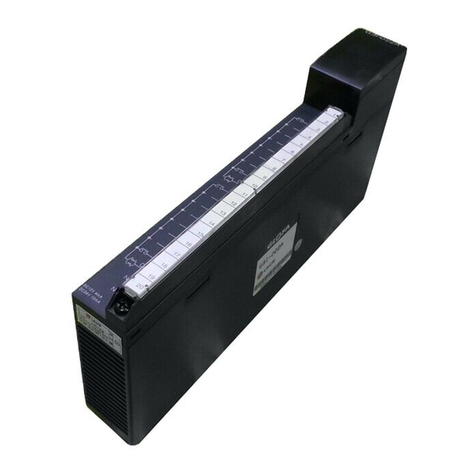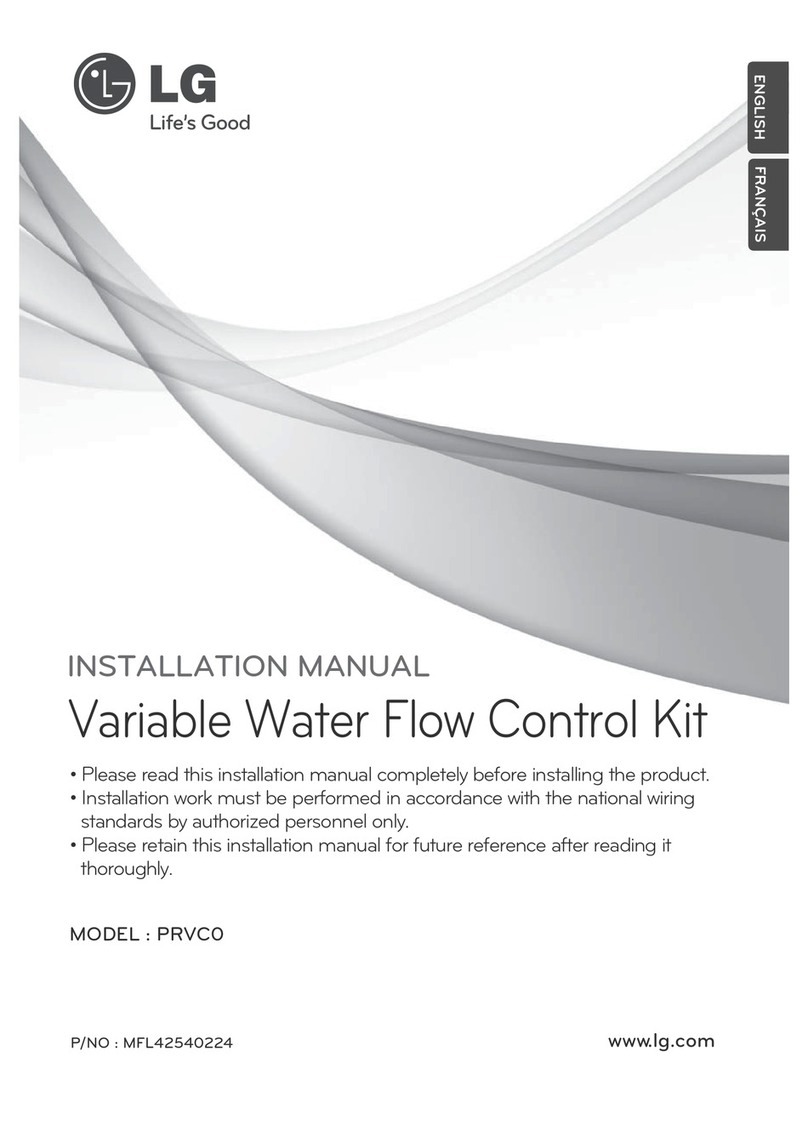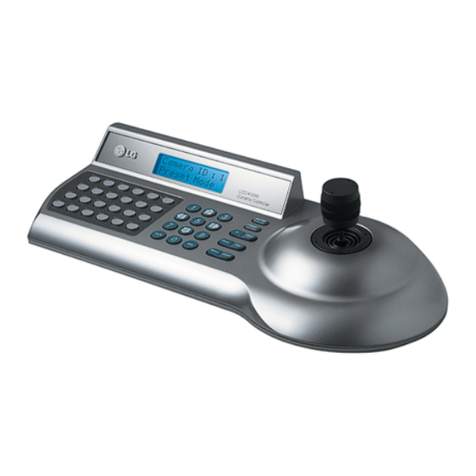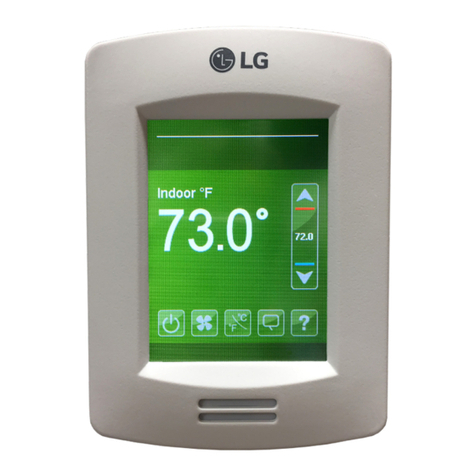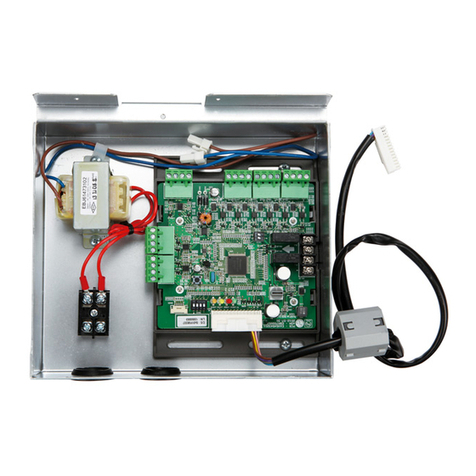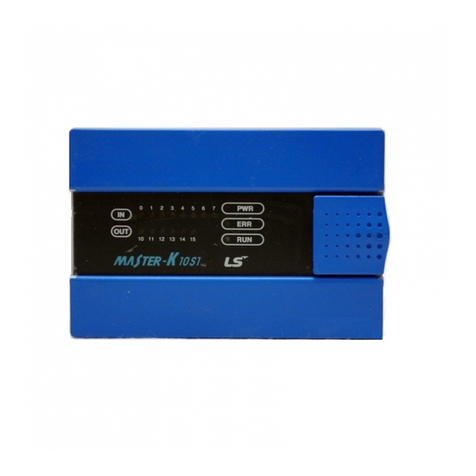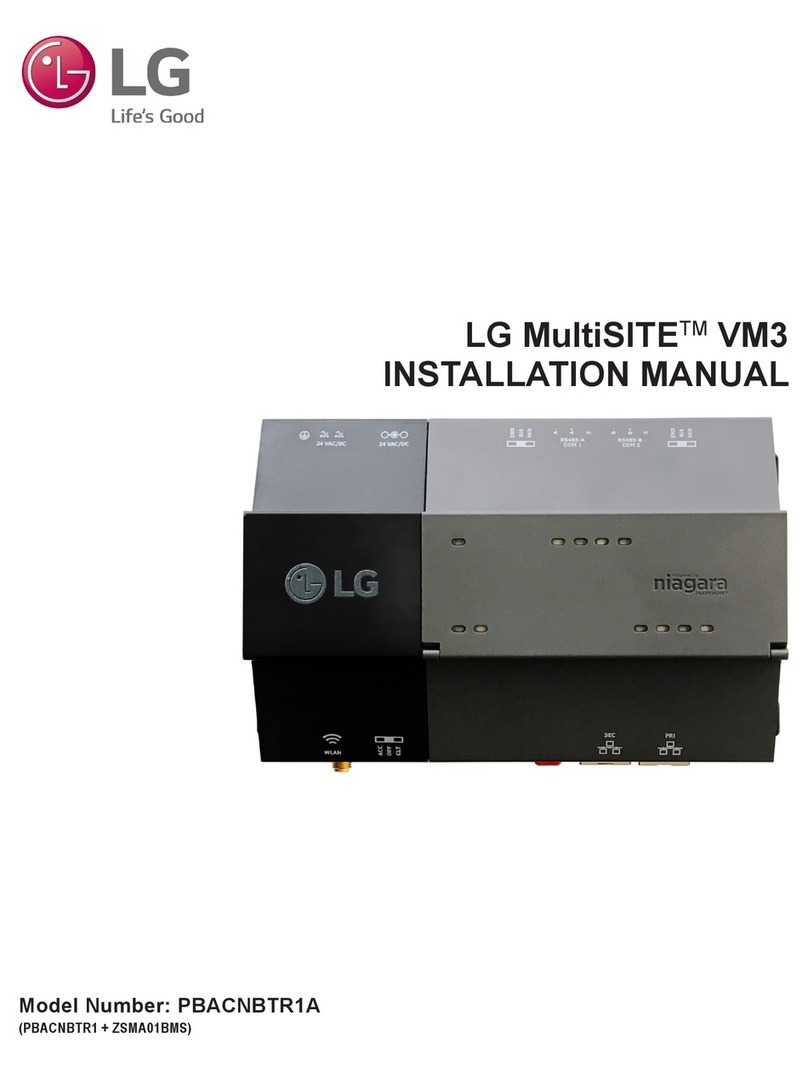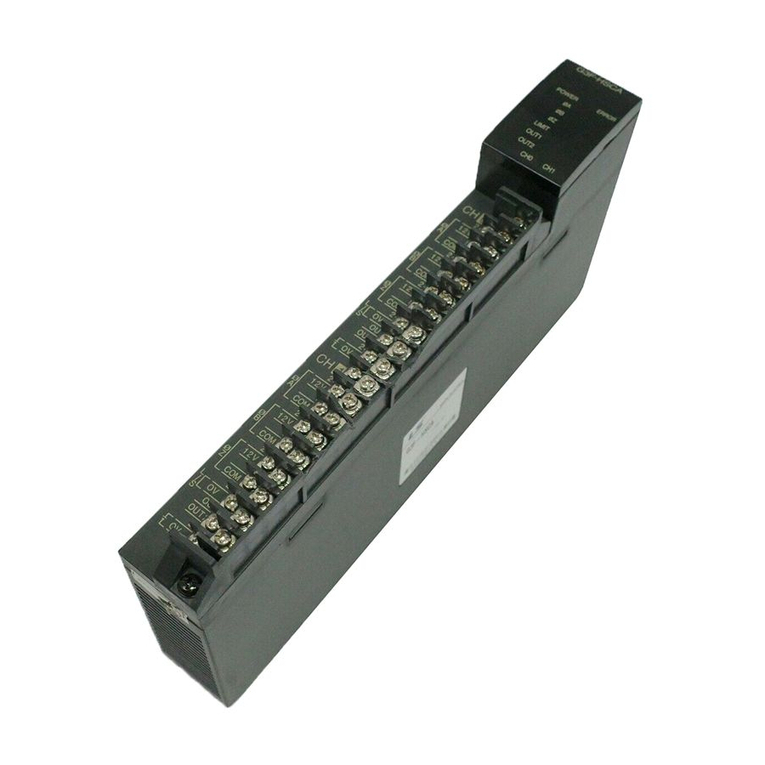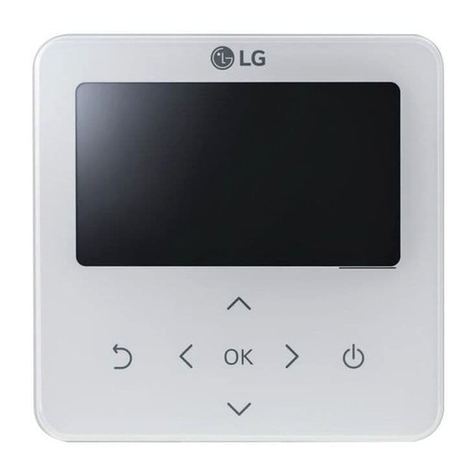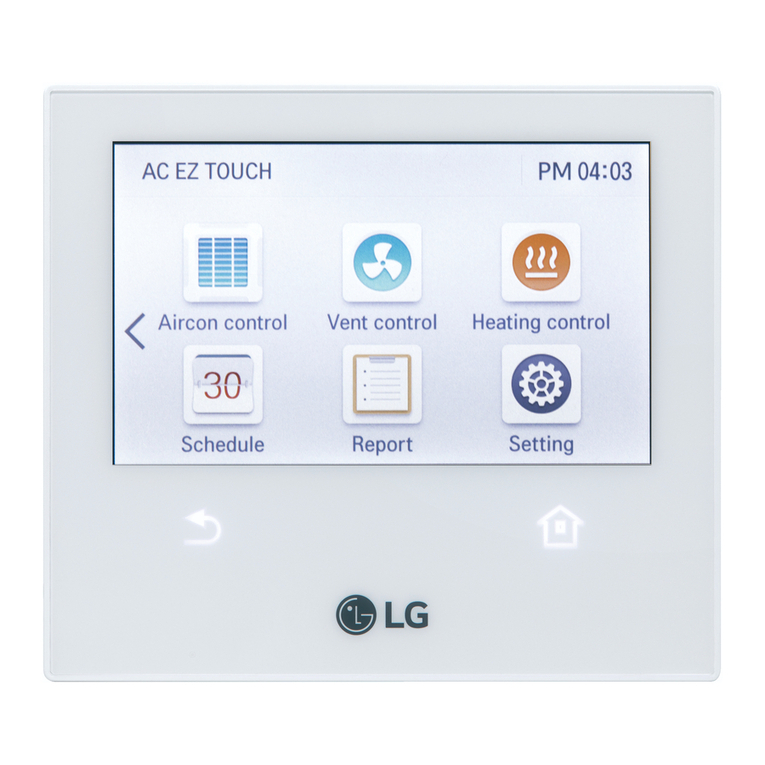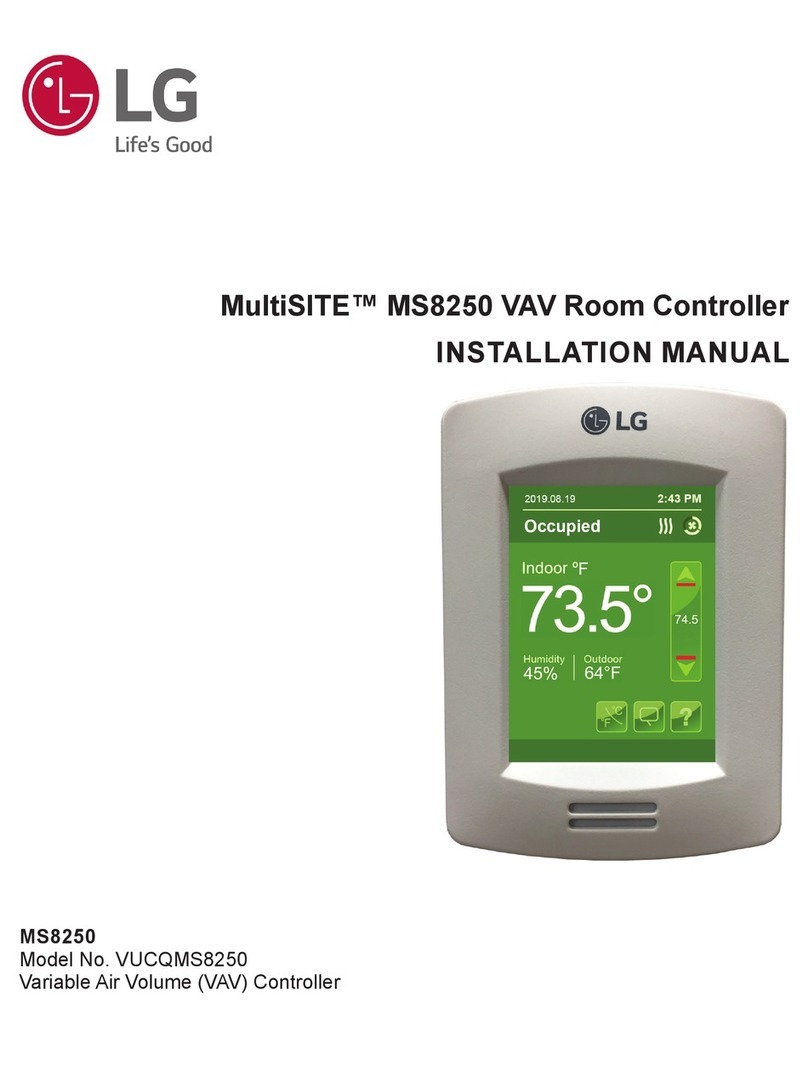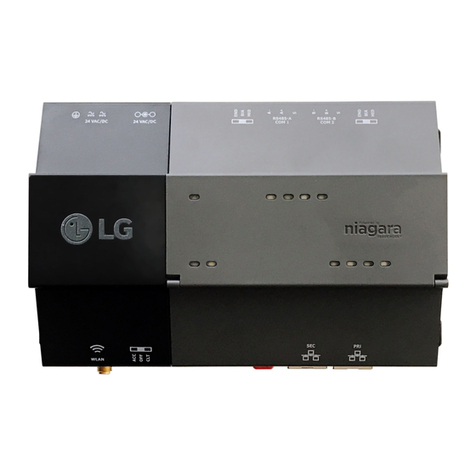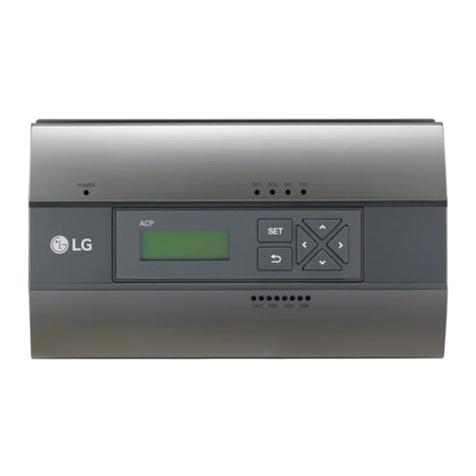
4.4 Communication I/F Module ················· 4 - 13
4.4.1 Cnet I/F Module····························································································4 - 13
4.4.2 Fnet I/F Module····························································································4 - 13
4.4.3 Pnet I/F Module····························································································4 - 14
4.4.4 DeviceNet I/F Module ····················································································4 - 14
4.5 Option Module ····················· 4 - 14
Chapter 5. Power Supply / CPU
5.1 Power Supply Specifications ················ 5 - 1
5.1.1 Standard Type·······························································································5 - 1
5.3.2 Economic Type······························································································5 - 1
5.2 CPU Specifications···················· 5 - 2
5.2.1 Standard Type·······························································································5 - 2
5.2.2 Economic Type······························································································5 - 4
5.3 Operation Processing ··················· 5 -6
5.3.1 Operation Processing Method···········································································5 - 6
5.3.2 Operation Processing at Momentary Power Failure Occurrence·······························5 - 7
5.3.3 Scan Time····································································································5 - 8
5.3.4 Scan Watchdog Timer·····················································································5 - 8
5.3.5 Timer Processing ·························································································5 - 9
5.3.6 Counter Processing·······················································································5 - 12
5.4 Program························································································5 - 14
5.4.1Classifications of Program ·············································································5 - 14
5.4.2 Program Execution Procedure·········································································5 - 14
5.4.3 Interrupt Programs························································································5 - 15
5.4.4 Error Handling······························································································5 - 17
5.5 Operation Modes ···················· 5 - 19
5.5.1 RUN Mode··································································································5 - 19
5.5.2 STOP Mode·································································································5 - 20
5.5.3 PAUSE Mode·······························································································5 - 20
5.5.4 DEBUG Mode(Standard Type Only)··································································5 - 20
5.5.5 Operation Mode Change ················································································5 - 21
5.6 Function························ 5 - 23
5.6.1 Self-diagnosis······························································································5 - 23
5.6.2 I/O Force On/Off function ··············································································5 - 24
5.6.3 Direct I/O Operation function···········································································5 - 27
5.6.4 System error history······················································································5 - 27
5.7 Memory Configuration··················· 5 - 28
5.8 I/OAddressAllocation··················· 5 - 29
5.9 Built-in Cnet Selection switch ···························································5 - 30
5.9.1 Structure·····································································································5 - 30
